Creating a Welcoming Church
How can our Syriac Orthodox parishes become more ready to welcome newcomers?
What do you do when you suffer from jet lag and cannot sleep?
Me, I jot down thoughts on missional thinking in our churches in the early morning hours in Europe, most recently on a trip to Slovakia and Germany with my husband, Nick.
What triggered this? While in Germany, Nick and I visited with the Archbishop of Germany, His Eminence Mor Philoxenus Mattias Nayis, at Dayro d’Mor Jakob, our beautiful monastery in Warburg. Sadly, I forgot to take a photo with him while we were there, but here are some photos from our day there, including some of the relics housed in our monastery, which the wonderful Raban Semun showed us.
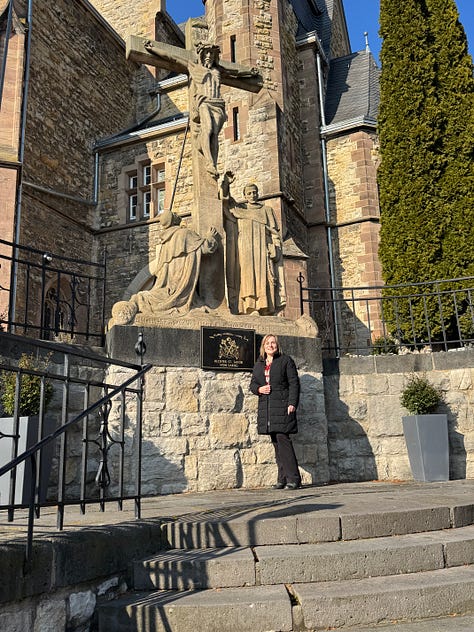
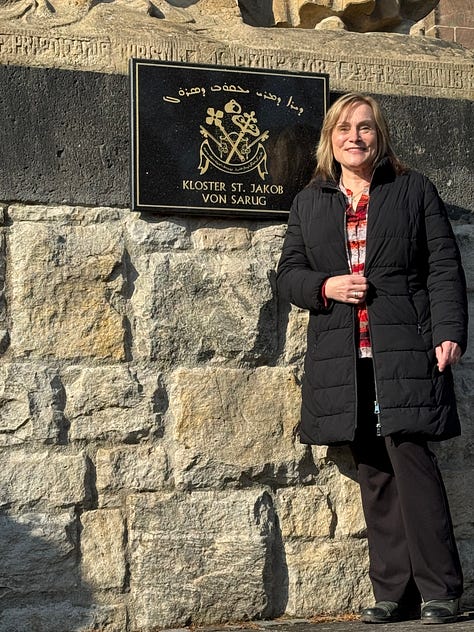

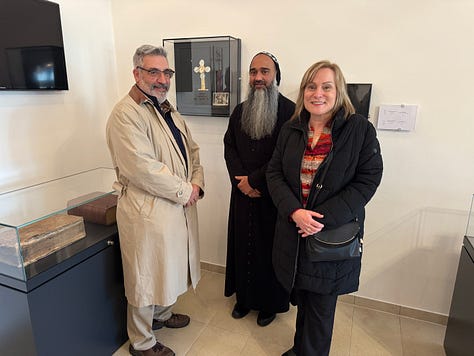

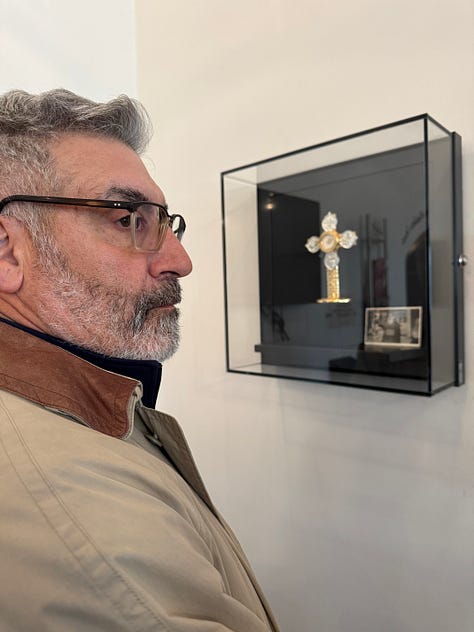
While there, I discussed a recent online conversation I had with a young Aramean woman who was frustrated about her inability to understand the Holy Qurobo (Divine Liturgy) in Syriac and who had reached out to me on TikTok when she saw some of my videos there. While she had tried to learn, it was not a rapid process and had left her utterly defeated. She told me she had gone to an evangelical free church the Sunday prior, but she had realized that this was not what she wanted. She wants to remain a Suryoyto, a Syriac Orthodox. She had asked me whether I knew any German-speaking churches in her part of Germany. Mercifully, she lives very close to our most German-speaking Abouna (Father), who told me he preaches about 60% in German, the rest in Turoyo, the Aramaic dialect many Syriac Orthodox speak in Germany. I was able to point the young woman to his parish.
I should add that several people have contacted me to share their concerns about their parishes and how we are not ready for the next generation. I remember hearing from my Archbishop here in the US that we would be doing Holy Qurobo primarily in English twenty-five years from now, but I agree with those who had reached out that this would be too late. We will have lost a generation by that point. Case in point is the story of my husband’s language experience, which I have written about before:
The evening after we visited with His Eminence, we shared dinner with several of my Aramean friends from two parishes in or near my hometown in Germany. I asked them about some of the same topics that have been on my mind since my dissertation was finished. These young men and women gave me additional insights, resulting in my middle-of-the-night brainstorming.
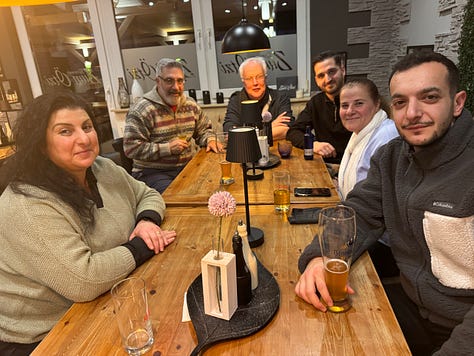
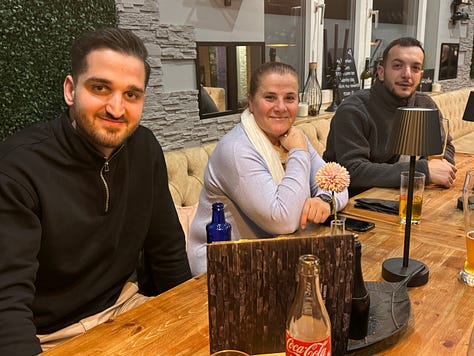



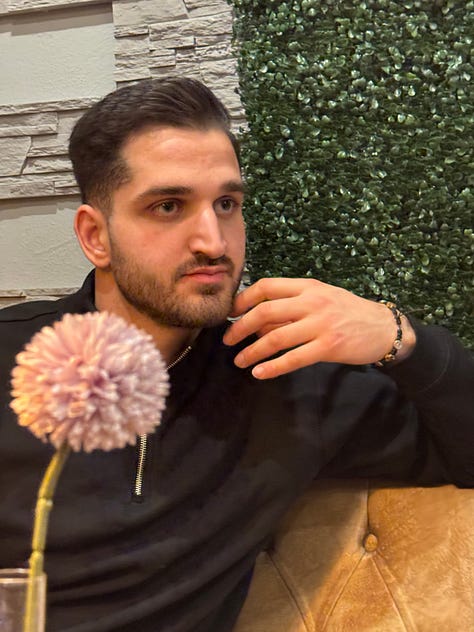
So here, without further ado, are the notes I jotted down with some quick fixes to make our churches ready for visitors.
Making Syriac Orthodox churches more mission-ready
The diocese website actively advertises our parishes and clearly explains that being from a particular geography is not a requirement for coming and visiting. Instead, it focuses on sharing Christ, the Syriac Orthodox faith, and the church's historical relevance.
A parish website instead of just a Facebook page! Facebook pages should be open (external-facing) and internal (restricted group for parish members).
English language content that clearly outlines that the liturgy will be in large portions in Syriac and/or Arabic/Turoyo/Malayalam; however, all are welcome, and English-language liturgy books will be available.
A priest who is willing to use more and more English within the liturgy, including (additional) English epistle and gospel reading.
A welcoming station that greets visitors, gets their names and contact information (also to hand to a priest), provides English language liturgy translations, incl. descriptions of why we do what in the liturgy, briefly explains the liturgy, the restriction on the Eucharist-only for Orthodox believers, and connects the visitor to a greeter.
Greeter that shows visitors to a seat (not upfront but with good visibility) and explains and offers a headcover to women (but accepts if they don’t want that).
Active “watchers” in the pews ensure the peace greeting is passed and briefly explained, greet unknown faces after the liturgy, and invite them to join them for blessed bread and coffee hour after the liturgy.
“Engagers” speak with visitors in the fellowship hall, explain any questions, and invite the visitor to meet Abouna and come back next Sunday. They can also explain other parish events and invite the visitor to them.
9. Follow-up by card, text message, or phone call.
These points are initial, tactical strategies to make our parishes visitor-ready. None of them are magic, just pragmatism. I have seen several of these activities in action at my husband’s Greek Orthodox parish, where they produce true results and draw new inquirers just about weekly.
However, these bullets don’t answer how we even attract inquirers in the first place.
I am too jet-lagged to continue today with that answer, but I will certainly think about this more in the next few weeks. Stay tuned!





Hi Elke this article is great and it shows the work to be done in churches. But on another note shouldn't the great commission be followed extensively by now. Why has it not been the case in the syriac orthodox church as compared to other apostolic and protestant denominations?